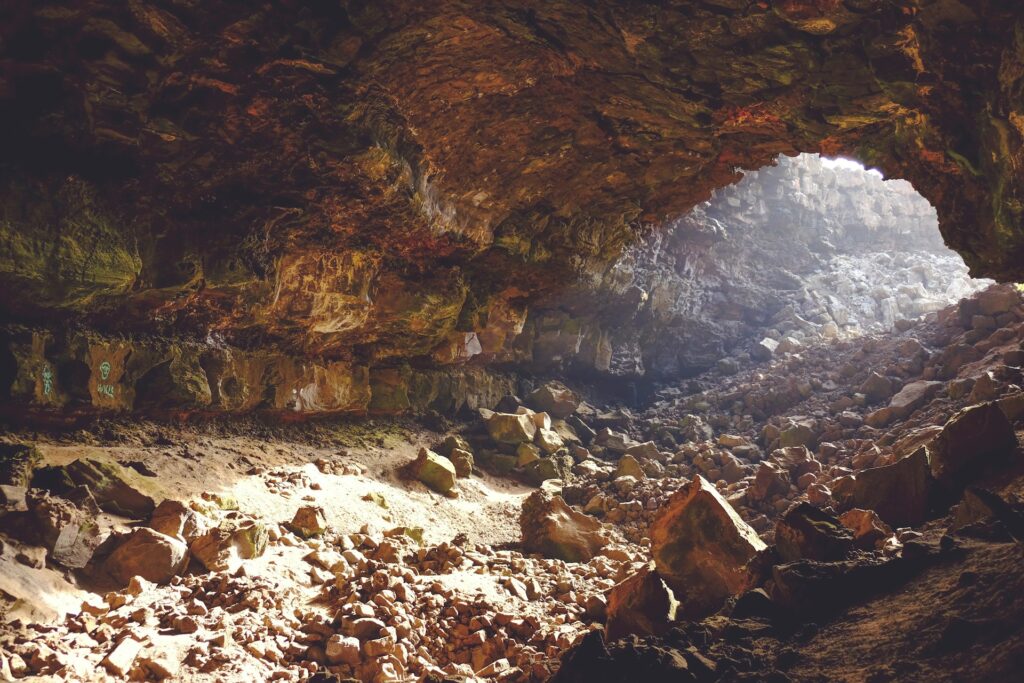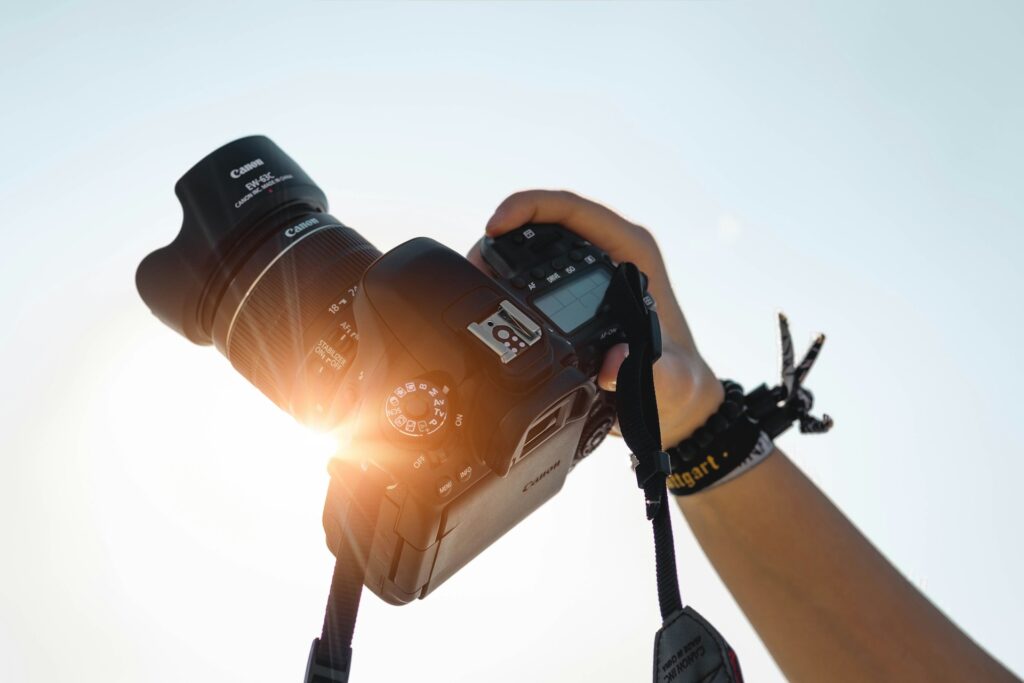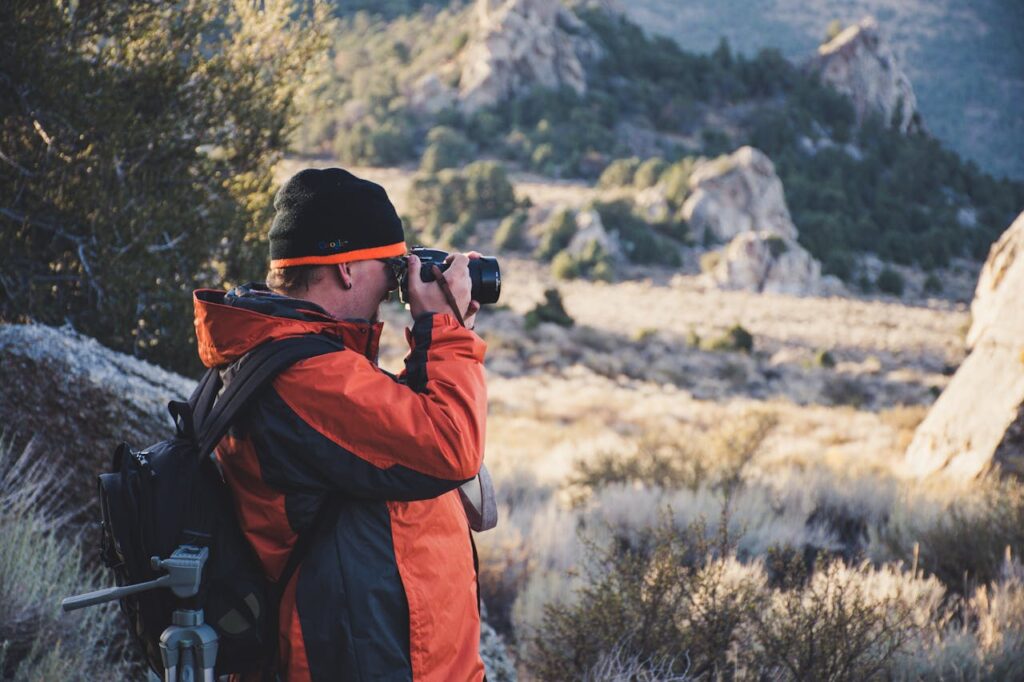Man Finds Ten Year Wildlife Archive After Forgetting Trail Camera in Cave

For most people a forgotten camera becomes little more than a nostalgic object. For wildlife enthusiasts it becomes a time capsule. When a man returned to a Yellowstone cave he had not visited in a decade he expected nothing more than a dust covered device and maybe a few seconds of surviving footage. What he actually discovered was far beyond anything he had imagined. The memory card held a silent witness to ten years of life inside a hidden wilderness corridor and the images have since fascinated conservation experts and the public alike.
According to coverage from PetaPixel and Newsweek as well as a feature from Unilad the story began as a modest personal experiment. The camera was tucked inside a rocky recess believing it might catch occasional wildlife passing through. Instead it gradually chronicled a full ecological saga including the routines of grizzly bears that had turned the cave into part of a seasonal denning route. The footage offered an unusual decade spanning view of how these animals adapt grow and survive.
What makes the discovery even more astonishing is that the man had not intended to leave the device for anywhere near that long. Life moved on and the camera became one of those mental bookmarks we promise ourselves we will return to soon. Yet nature kept recording. Ten years later the collected footage told a story richer than any planned film crew could have captured. This article dives into what the camera saw why the footage matters and what readers can take away from this remarkable accidental project.

The Forgotten Camera That Became a Wildlife Chronicle
When the man placed his trail camera at the entrance of the Yellowstone cave he imagined short term observations. According to PetaPixel he originally hoped to capture grizzly movement for a single season and intended to retrieve the camera after a few months. Snow storms unpredictable weather and shifting priorities meant the retrieval never happened. The device remained exactly where he left it untouched by humans for a full decade.
The cave itself was not an obvious den at first glance. It appeared shallow and rough offering little comfort. Yet its position along a natural corridor made it an attractive spot for curious animals. Over time the camera documented everything from quick visits by passing coyotes to the steady rhythms of grizzly bears making themselves at home. Without interference the wildlife acted naturally which is precisely why the footage feels so genuine.
Newsweek reported that the man did not expect the battery or memory card to survive. Trail cameras are not usually designed to last ten continuous years in freezing damp cave conditions. Still the device endured and preserved footage that experts describe as unusually authentic. Environmental researchers note that long form wildlife documentation is rare because of the difficulty of leaving equipment undisturbed for such extended periods.
The forgotten camera therefore evolved from a simple hobbyist setup into a valuable ecological record one that scientists and the public are still analyzing. It also demonstrates the surprising durability of modern trail cameras even when subjected to extreme elements.
Inside the Cave A Decade of Unfiltered Wildlife Behavior
One of the most compelling details noted was the intimate look at grizzly bear behavior. The footage revealed mothers raising cubs resting patterns and playful moments that usually happen far from human view. In typical wildlife documentaries humans influence the environment by simply being present. Here the camera captured life unaffected by that presence.
The footage included cubs wrestling while an adult bear guarded the cave entrance. It showed nighttime pacing during storms when the cave served as refuge. It even recorded the seasonal shedding and physical changes of returning bears which gave biologists insight into long term health trends. For scientists these small visual details become meaningful data points.

The camera also caught less expected visitors. Birds occasionally hopped through the cave. A bobcat appeared briefly only to dart away moments later. Even insects crawling across the lens added to the years long tapestry of movement. While these moments may seem insignificant they contribute to understanding how species share the same limited shelters.
Beyond capturing individual animals the footage documented environmental changes inside the cave. Shifts in light levels moisture patterns and seasonal debris revealed how the cave itself changed over ten years. For geologists and biologists such incidental documentation is invaluable because it shows how micro environments evolve across time.
Why This Footage Matters for Modern Conservation
Researchers often rely on snapshot studies short term projects that gather a limited window of data. This long running cave footage stands out because it reveals patterns that might otherwise remain invisible. According to Newsweek experts believe the recordings could help researchers refine long term wildlife models and better predict how animals respond to climate shifts.
Grizzly bears in particular face ongoing pressures from habitat loss and resource competition. Understanding their denning habits is crucial. The footage showed not only when bears arrived and left but how often they returned and whether family groups revisited the same locations through multiple generations. Such behavioral continuity can inform decisions about land protection and species management.
Conservation specialists have also pointed out that the accidental nature of the project highlights the potential of small scale citizen science. Many breakthroughs do not come from elaborate studies but from individuals who place cameras in the field out of curiosity. That curiosity can generate valuable evidence especially when equipment is left untouched long enough to capture authentic patterns.
The footage also sparks broader conversations about how humans coexist with wildlife. Every time a grizzly was shown inside the cave it reminded viewers that wilderness spaces must remain undisturbed. Protecting these spaces ensures that future generations of animals can continue to flourish.
The Emotional Impact of Rediscovering a Decade Lost Archive
When the man finally returned to the cave he had no idea what he would find. The moment he retrieved the camera he initially expected disappointment. Instead he discovered a surprisingly intact device caked in dust yet still functioning. The emotional impact of seeing the decade of footage unfold was profound.
Watching the memory card open into a ten year window of life felt like opening a forgotten chapter of the wild. The man later described feelings of awe and disbelief as the video clips stitched together the quiet story of a cave that had evolved into a seasonal home for wildlife. It was a reminder that nature continues its rhythms regardless of whether humans are there to witness it.

Many viewers have echoed that sentiment. Once the footage circulated online readers commented on how humbling it was to see animals simply living their lives. The authenticity of the recordings stood out sharply against the polished presentation of traditional wildlife documentaries.
There is a profound emotional resonance in witnessing life unfold slowly. These recordings did not rely on dramatic music or scripted narration. They were raw glimpses of survival curiosity rest and movement. For many people this made the footage even more meaningful.
How the Discovery Inspires Future Exploration and Reflection
The rediscovered camera has already influenced new conversations about wildlife observation. Conservationists note that future projects may experiment with longer term hands off documentation particularly in sensitive environments where human presence could disrupt natural behavior. The Yellowstone footage provides a reference point for how viable such projects can be.
It also inspires amateur explorers and photographers to look at their own unfinished or forgotten projects with renewed interest. Many people have abandoned old cameras trail cams or outdoor gear thinking they had missed their window. This story proves that forgotten equipment can produce powerful unexpected results.

There are also broader reflections for readers. The footage reminds us that nature does not rely on our timelines. Animals follow ancient patterns and ecosystems evolve independently of human schedules. Observing these silent stories offers clarity in an otherwise rushed world.
Finally the story encourages respect for wilderness places. A simple camera placed without intrusion recorded a thriving ecological microcosm. With conscious stewardship similar natural sanctuaries can continue to support wildlife in ways we may never fully witness but can deeply value.
What We Can Learn From Ten Years in the Dark
The man who left his trail camera in a Yellowstone cave for ten years stumbled into an extraordinary natural archive. What began as a simple experiment blossomed into one of the most captivating accidental wildlife studies in recent memory. The footage revealed unfiltered grizzly behavior shared glimpses of unexpected visitors and showcased how a cave can transform across a decade.
For scientists the footage offers rare long form insights. For the public it provides a window into wilderness rhythms usually hidden from human eyes. For the man behind the camera the discovery became a powerful reminder of the value of patience and the unpredictable rewards of curiosity.
In a world often defined by immediacy this story shows that some of the most meaningful narratives unfold slowly. The cave footage invites us to pause reflect and remember that every quiet corner of the natural world is alive with stories waiting to be discovered.
Featured Image Credit: Courtesy of Summit Art Creations | Shutterstock
Loading...

